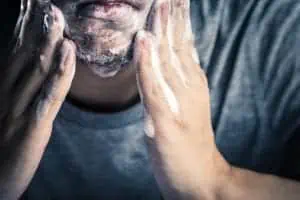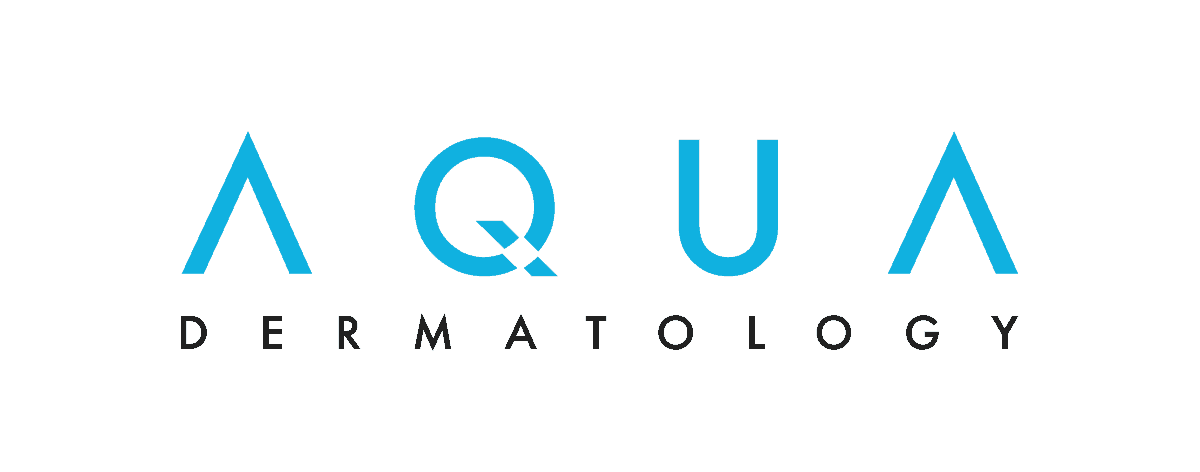
You’ve grown a beard, or you’re growing one. Now what? To keep your beard soft and the skin underneath it healthy and itch free, you’ll want to make sure you have the proper skin and hair care routine.
Here’s what you need to know about how to care for a beard and the beard care products that can help moisture the skin under your beard, prevent ingrown beard hair, stave off beard dandruff and more.
How often should you wash your beard?
To rid your beard of grime and bacteria, you need to wash it. Ideally, you’re already washing your beard twice a day because you’re washing your face twice a day, once in the morning and once at night.
Some men skip washing their face in the morning because they think their face doesn’t get dirty overnight. Surprisingly, it does. Pillowcases trap dust and collect oils, sweat and bacteria while you sleep, so a morning wash is a must. You should also wash your face after any activity that makes you sweat.
For extra cleansing, you might want to shampoo your beard once or twice a week, particularly if you live in a humid area (like Florida), sweat excessively or have oily skin. The shampoo you use on your hair may be too harsh for the more delicate skin on your face, so consider using a beard shampoo.
How to care for the skin under your beard
The trick to avoiding dryness, itching and flaking skin under your beard is simple: Skip the bar soap — especially deodorant soap — and buy a facial cleaner. Choose the right facial cleanser for your skin type.
- Normal skin: Any gentle, non-comedogenic (not pore clogging) facial cleanser will do. A good choice is wederm Exfoliating Gentle Cleanser.
- Dry skin: Look for a creamy, hydrating cleanser that is non-comedogenic and fragrance free. Helpful ingredients include hyaluronic acid, ceramides, squalene and glycerin. Try ZO Skin Health Hydrating Cleanser.
- Oily/acne-prone skin: A non-comedogenic gel cleanser that contains salicylic acid or glycolic acid is an ideal choice for keeping pores clear. Consider wederm Exfoliating Gentle Cleanser. The option containing 2% salicylic acid and 5% glycolic acid is better for oily skin.
- Sensitive skin: Choose a non-comedogenic, creamy cleanser labeled soap free and fragrance free. For best results, gently apply the cleanser to your face and beard using circular motions and rinse thoroughly with warm water. To avoid frizz, pat your beard dry with a towel instead rubbing it.
If you’re still in the stubble phase, apply a moisturizer after you cleanse, while your face is still damp. Do this even if your skin is oily or acne-prone. The aloe-based wederm Ultra Lite Facial Moisturizer is a great choice. Another good choice is a light, gel-based moisturizer. Neither will appear greasy or cause acne.
Help for ingrown beard hair
If you’re prone to ingrown beard hairs, use a gentle exfoliating scrub a few times a week, particularly when you’re in the process of growing your beard. This helps loosen the ingrown hairs trapped under your skin and prevent new ones from forming.
Choosing the best beard care products
Once your beard has grown in, use a beard conditioning product to moisturize the skin under your beard and soften the beard itself. (People with sensitive skin may want to stick with a moisturizer.) These products hydrate both the beard hair and the skin underneath. As with facial cleansers, choosing the right beard conditioning product depends on your skin type.
- Beard oil is ideal for people with normal or dry skin, and also for those with long beards. A little oil goes a long way, so apply it a drop or two at a time to avoid a greasy look.
- Beard balm is thicker than oil (it resembles pomade), so it’s good for dry skin types. Because it also provides hold, it can help shape longer beards and tame fly-away strands.
- Beard conditioners are a better bet for oily and acne-prone skin because they’re lighter and less greasy than oils and balms. You can choose a leave-in conditioner (apply to your beard when it’s damp from cleansing) or a rinse-off conditioner you use in the shower.
More tips for a healthy beard
For a clean, good-looking beard that doesn’t irritate the skin under it, remember to:
Trim your beard regularly. Even if you prefer a long beard, you’ll want to trim it on occasion to get rid of spilt ends and achieve a cleaner look.
Prep your skin before your trim. Apply a shaving cream, gel or oil to prevent skin irritation. It’s best to use an electric razor, though people with long beards may prefer to use scissors.
Keep your grooming instruments clean. Bacteria and oil can collect on razors, scissors, combs and brushes and be transferred back to your face. Wipe, soak, disinfect and dry as necessary.
Avoid touching your face or stroking your beard. You’ll spread the germs and oils on your hands to your face and beard.
Article Written By: Jessica Brown, a health and science writer/editor based in Brooklyn, New York. Her work has appeared in Prevention, Johnson & Johnson, the Breast Cancer Research Foundation and many more.





